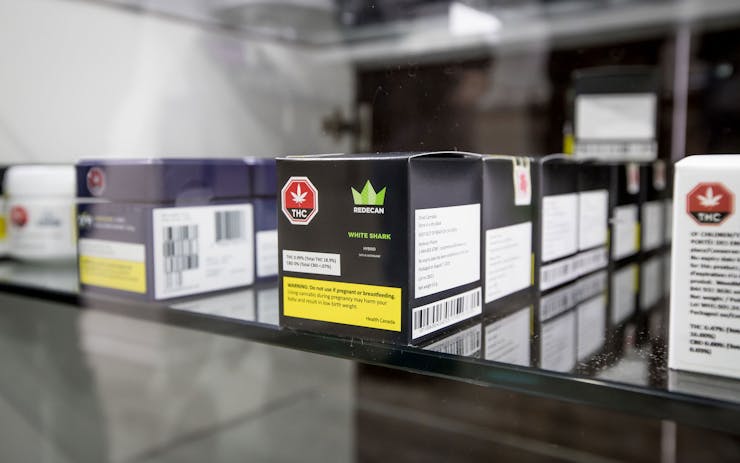Cannabis is supposed to be profitable. How can you lose money selling cannabis? As it turns out, there are a bunch of ways, but in the case of the $42-million loss the Ontario Cannabis Store (OCS) reported last week for the fiscal year ending March 31, there are a few explanations worth noting.
The first is that prior to March 31, there was no brick-and-mortar cannabis retail in Ontario, and the supply shortage was at its apex. As we’ve learned in the near-year since legalization, retail stores tend to drive retail sales at a far-greater rate than online stores, where people are more hesitant to buy—both because they fear for their privacy, and also because they can’t smell product samples.Join the Leafly Canada CommunityArguably, Ontario’s real experiment with legalization started April 1—the day after the end of this report period, when brick-and-mortar private retail stores opened alongside the government’s online outlet.
But unlike other provinces, Ontario’s Ford government didn’t invest any money into building retail stores, which leaves the revenue-dwarfing $106-million in expenses that outpaced $64-million in sales looking even more mysterious.
Some of the lost money represents the cost of scrapping Kathleen Wynne’s Liberal government’s plan to make the OCS a provincial monopoly with 40 outlets throughout the province within the first year.
Doug Ford’s decision to cancel that plan last August in favour of “unlimited cannabis retail licenses” beginning in April (a number Ford later decreased to 25 retail licenses, followed by a second set of 50) cost at least $10-million. These costs, Global News reported, went mainly to pay for equipment and renovations that were later written off, and to costs associated with terminating the leases on four properties chosen by the Wynne government as the first Ontario Cannabis Store outlets.
The Financial Post, which broke the OCS numbers down in greater detail, noted the OCS’s $44-million cost of sales was so great that it obliterated two thirds of the company’s $64-million in revenue, leaving a gross product of only $19.8-million.





